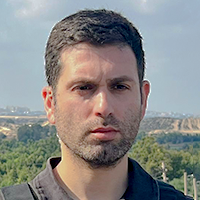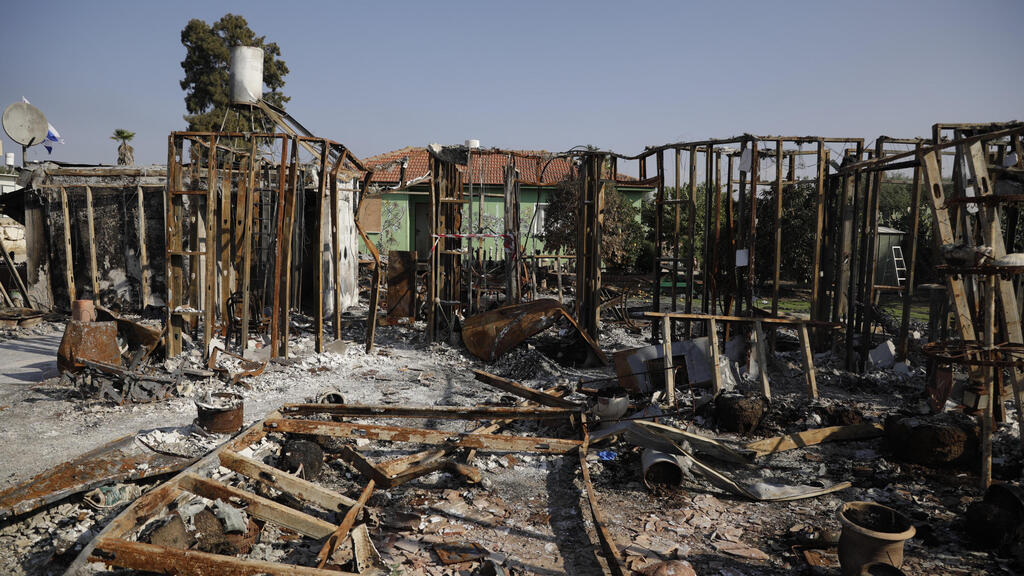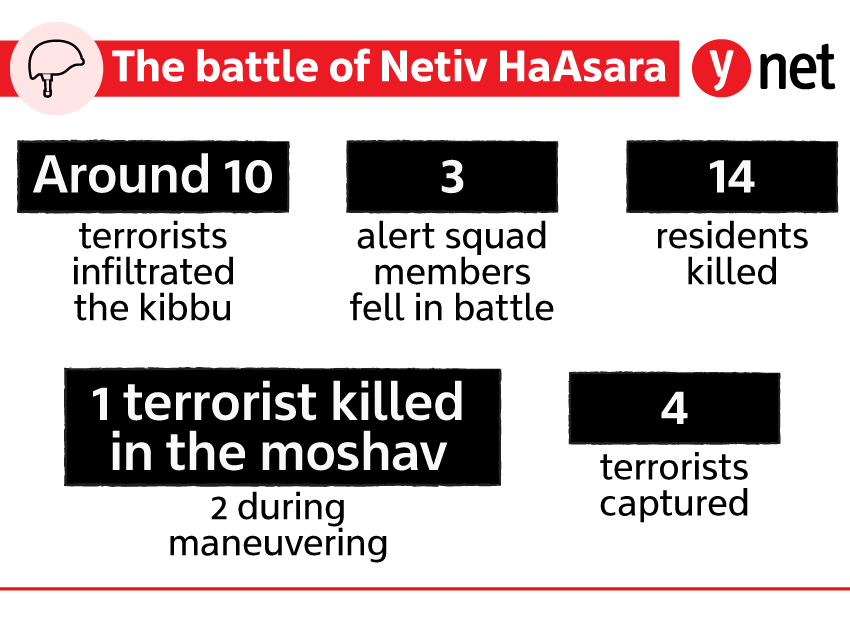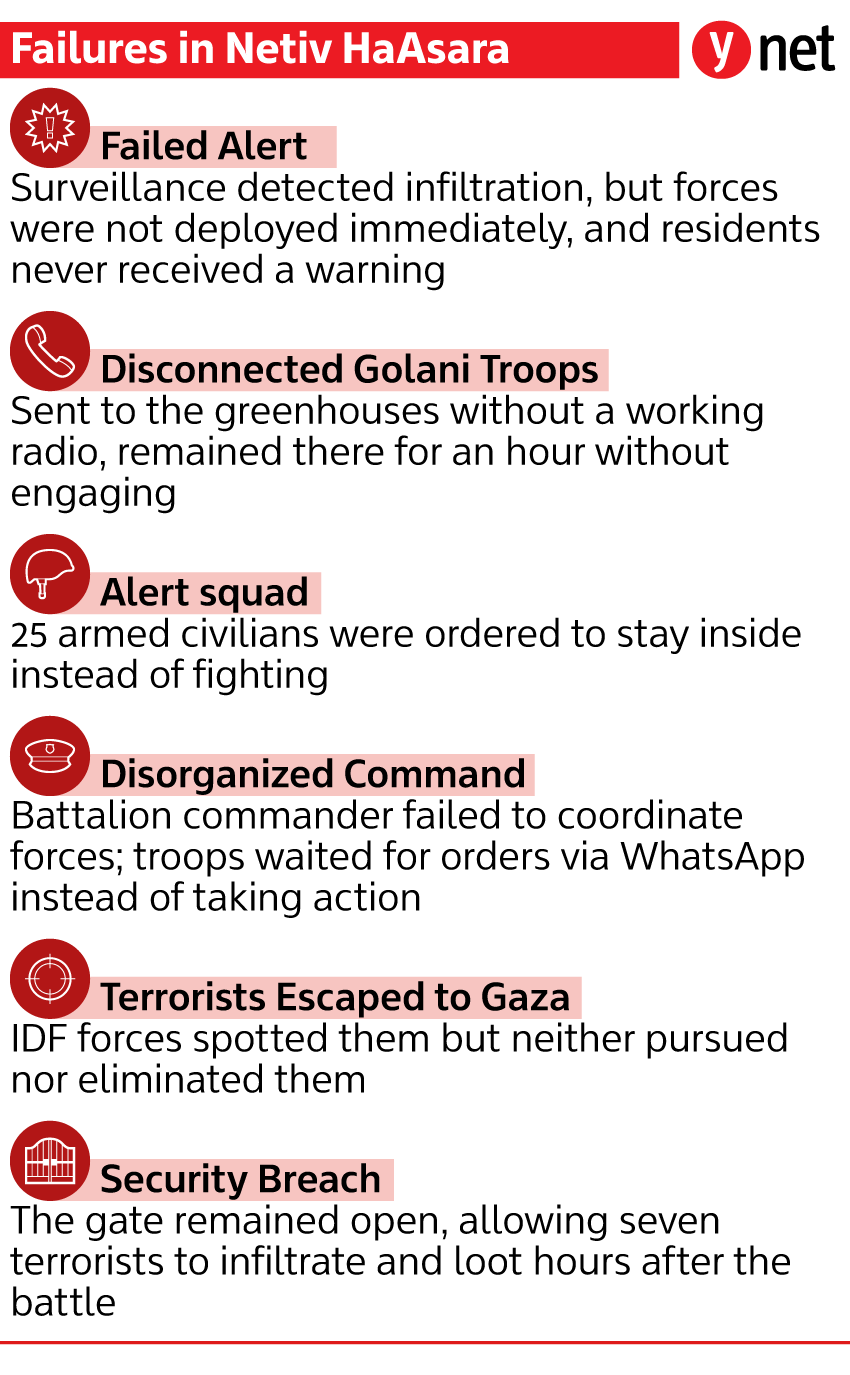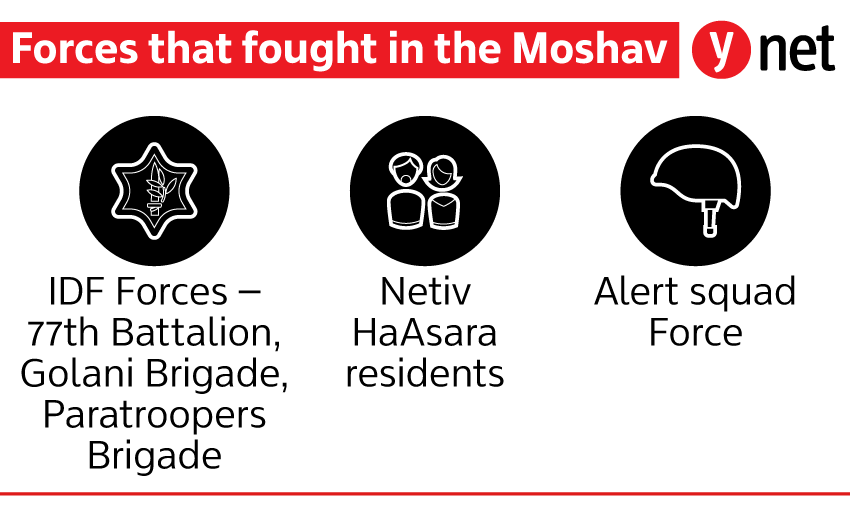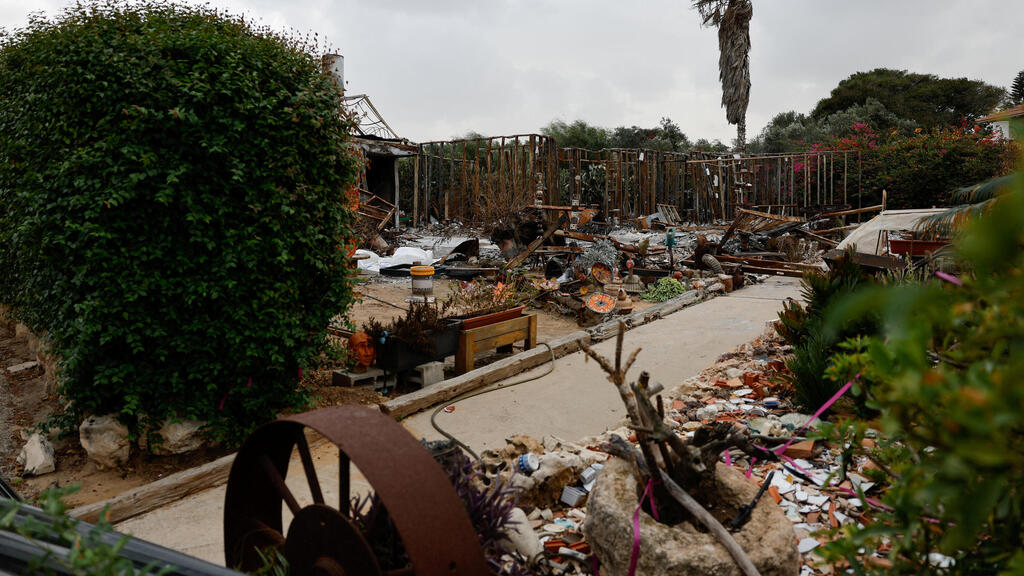The IDF on Tuesday presented its investigation into the battle at Netiv HaAsara, which it described as "the most frustrating" among the battle reports of October 7.
Despite full military superiority over the terrorists who infiltrated from the air, an early presence of a senior commander, a permanent Golani Brigade force from the outset and a well-trained and armed local emergency squad, three terrorists managed to murder 17 civilians in the community. At 6:55 a.m., three terrorists faced 37 soldiers, including a battalion commander.
No IDF soldiers were killed in Netiv HaAsara on the day of Hamas' invasion. The town is one of three border-adjacent communities near the Gaza border, alongside Nahal Oz and Kerem Shalom, located just a few hundred meters from Gazan territory.
This fact was central to the investigation led by Lt. Col. A., currently the deputy commander of the Judea and Samaria Division, who fought as a reserve brigade commander in Gaza.
Failures in response
The investigation revealed patterns similar to those found in other battle reports, such as that of Nahal Oz: military norms broken, overreliance on barriers and technology and forces that, despite their superiority, failed to engage the enemy.
It found that the town’s security coordinator, a military-operative figure subordinate to the local battalion, instructed 25 local alert squad members to remain inside their homes when the three terrorists entered. He himself also stayed inside, later offering two explanations: a lapse in judgment and fear of friendly fire from incoming military forces.
Despite being one of the best-trained alert squads in the region, its members kept their weapons in home safes rather than a locked armory, as was the case in kibbutzim such as Kfar Aza and Nahal Oz. Additionally, four Golani soldiers from the regional battalion were permanently stationed in and around the town.
However, they were ineffective that morning, having moved to nearby greenhouses at the outbreak of the attack without working communication devices — their radio batteries drained quickly and they had no spares.
This group of Golani soldiers arrived at the town’s entrance about 90 minutes later but remained there for 30 minutes, staring at their phones while waiting for a wounded person’s location to be sent via WhatsApp. The prolonged sounds of gunfire from inside the town did not prompt them to take action.
Failures in military preparedness
The investigation was accompanied by Maj. Gen. Nimrod Aloni, who commanded the Gaza Division until three years ago, despite his role in entrenching some of the division’s defensive failures.
The findings highlighted what was termed "routine security failures": operational procedures that eroded over time, as well as shortages in manpower and equipment that no one sought to address.
For instance, between Operation Protective Edge (2014) and Operation Guardian of the Walls (2021), two full platoons — about 40 soldiers — were tasked with protecting Netiv HaAsara, which faces Beit Lahiya and Beit Hanoun.
However, Israel’s and the IDF Southern Command’s overconfidence after the latter operation led to a reduction in forces, leaving just a small squad inside the town. At 6:35 a.m. on October 7, three terrorists on motorized paragliders landed in the town, acting as an advance force for an estimated 30 terrorists expected to arrive on foot from the adjacent Palestinian town.
A resident identified two of the aerial infiltrators — similar to those landing in Kfar Aza at the same time — and fired dozens of rounds at them along with his son, an off-duty soldier. Their shots missed due to the angle and movement of the one-seater aircraft, but they forced the terrorists to land separately and delayed their regrouping. The resident immediately reported the breach to his security coordinator.
Get the Ynetnews app on your smartphone: Google Play: https://bit.ly/4eJ37pE | Apple App Store: https://bit.ly/3ZL7iNv
Command failures and missed opportunities
At the time, another responsible for the northern Gaza border was dealing with eight other infiltration points and over 10 active enemy engagements. However, its commander, Lt. Col. Sh., who led the 77th Armored Battalion, chose to head to Netiv HaAsara first due to its proximity to the border and the presence of a large, undisclosed terror tunnel nearby.
He also ordered his deputy, who was en route to the Erez border crossing where fighting had begun, to reroute and join him.
Two hours earlier, Lt. Col. Sh. had received an unusual order from the brigade: not to send the two tanks stationed near the town to their designated positions under an IDF protocol meant to disrupt enemy plans.
"Had the tanks been in position, they would have engaged the Nukhba unit advancing on the town." However, as helmet-camera footage from one terrorist later showed, the Nukhba terrorists failed to breach the town’s perimeter wall due to a technical error, unlike similar walls elsewhere in the region that morning. Instead, they abandoned the attack and likely sought another target, possibly the Erez crossing.
Partial successes and broader failures
Unlike other sectors, the battalion under Lt. Col. Sh. managed to deploy mortars for isolating areas and authorized the first airstrike of the day in the western Negev at 7:20 a.m., using a drone just outside the town. Additionally, the IDF’s "See-Shoot" system operator effectively eliminated a double-digit number of terrorists trying to storm the town.
However, the investigation found a critical flaw: only one "See-Shoot" control station system was operational, despite the presence of four remote-controlled heavy machine guns in the sector, forcing the operator to choose which to use.
The report praised the three alert squad members who defied orders and fought back. However, it noted that no force followed combat techniques and the reserve battalion was misplaced at the front rather than in-depth, violating defensive doctrines. Instead of reinforcing attacked positions, it had to fight off its own mass infiltration.
The investigation concluded that the Golani squad commander erred by not coordinating with the community’s security coordinator, who himself failed by managing the event from his home instead of in the field.
"The security coordinator neglected his responsibility," the report read, adding that he justified his lack of coordination with Golani troops by saying, "They rotate every week anyway." The military culture among the town’s IDF defenders was described as deeply flawed, with a lack of initiative and soldiers treating their mission as "a week off."
Battle for Netiv HaAsara: Minute-by-minute
6:29 a.m.: A rocket barrage is launched from Gaza, including toward Netiv HaAsara. Many residents wake up and take shelter.
6:34 a.m.: Three terrorists infiltrate using motorized paragliders. A resident spots them and fires, missing but disrupting their landing. He immediately reports to his security coordinator, as does a military lookout who identifies the breach.
6:40 a.m.: Four Golani soldiers stationed to defend the town move to the greenhouses outside. Lacking a working radio due to dead batteries, they hesitate to advance toward gunfire from the nearby Erez base.
6:42 a.m.: The Nukhba force fails to breach the town’s wall and retreats toward the Erez crossing. The three terrorists regroup and one begins the massacre.
6:43 a.m.: The security coordinator's warning to residents to stay indoors does not reach their phones, likely due to a malfunction.
6:45 a.m.: The security coordinator orders all residents, including the 25 emergency squad members, to remain inside their homes.
6:46 a.m.: The massacre continues.
6:48 a.m.: Defying orders, two alert squad members head out to fight. Others remain in their homes, weapons ready.
7:07 a.m.: Alon Keren, an alert squad member, hears a terrorist near his home, steps out cautiously, and eliminates him.
7:14 a.m.: An IDF drone arrives from Nablus, conducting its first strike of the day in the Gaza border — disrupting but not eliminating terrorists due to targeting difficulties.
7:28 a.m.: Two terrorists continue their killing spree, undetected by IDF forces scanning the area.
8:17 a.m.: The battalion commander and his team flank a house where terrorists are hiding. The terrorists open fire first and escape to Gaza. The military does not pursue them.
12:14 p.m.: Seven unarmed looters enter Netiv HaAsara, despite supposed operational control by the IDF. They steal money and jewelry before being captured after a short chase.
1:00 p.m.: Senior commanders arrive and organize a safe evacuation corridor, allowing residents to leave by evening.



